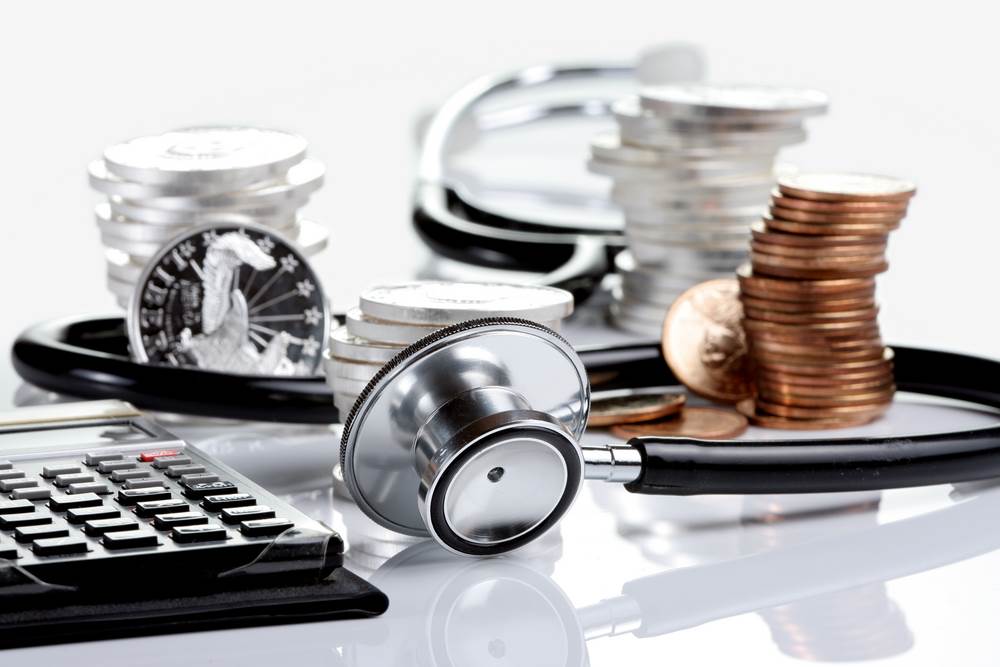
Reading Time: minutes
No longer behind the shadows of Asia's economic tigers, the Philippines has gained a steady footing in recent years as it transitions into an economy now based on services and manufacturing instead of just relying on agriculture. It hasn't been any easy climb but it has been a steady one thus far, for an emerging market. It has posted stellar growth rates, closing out at 6.1% GDP last year.
Although the accelerated growth from 2014 isn't mirrored in the first few quarters this year, the target isn't out of reach just yet.
In the coming quarters, export activities and government spending are expected to pick up and increase steadily. With the country's multifaceted growth drivers and many other economic prospects, the Philippines could stay on track with its targets and maintain its financial and economic goals at the end of the year.
To assess the country's financial health, this infographic will outline the lending interest rates, income per capita, and existing financial units compared to other countries (Singapore, Thailand, Malaysia, and Indonesia). Aside from macroeconomic indicators and traditional data, these tools will help paint a better picture of the country's economic viability, financial standing, and its investment climate for better analysis for of the risks and flaws as well as the opportunities and trends in the market.
Economic prospects
-
Philippine economic fundamentals could and would remain strong, considering the steady flow of remittances, favorable business sentiments and consumer growth, as cited in a report by World Bank. Falling oil prices could also propel economic growth for 2015.
-
There are a good number of public-private partnership projects in the pipeline-some are already in the works while others are on their planning stage. It's a matter of expediting the implementation of these projects or at least, making sure that they will be completed as scheduled. These development programs and projects will not only help accelerate infrastructure development in the country but would also improve social and welfare services in general. This will ultimately build a better economic and investment climate. Private sector support will help propel economic reforms and improve governance.
-
The Philippine economy can fuel its growth through increased private consumption and more fixed investments. Recovery in government expenditure is also expected to contribute to a more favorable outcome and outlook for the economy.
-
Increase in consumer spending can be sustained through employment growth, increased or steady inflow of remittances, and moderate inflation.
-
With more international brands setting up shop in the country and multinational firms outsourcing their back office and other operations to the Philippines, inward investments will help build a buoyant economy and forge a more sustainable growth in the coming years. As it is, the country is giving China and other manufacturing stations in the region a run for their money as an alternative manufacturing base. It helps that the country has kept a modest wage inflation, which makes it a good location to open factories and shops. Manufacturing resurgence programs would more likely bolster new sectors.
-
Now that the foreign bank liberalization law is in place, new foreign banks have entered the market and increased the competition, leading to improved products and services and new foreign investments. This will also help expand the available financial resources.
-
The real estate market remains in a bright spot. It's projected to be a more liquid market. Local developers are maximizing the use of their CAPEX through the development of new projects. High transaction volumes have been recorded, and these transactions are not only centered in Metro Manila and its central business districts. Developments have stretched out to emerging business districts in the countryside as well.
-
The young demographic in the Philippines is a huge asset for long-term growth. The young workforce will not only provide more disposable income and but will also fill in the human resource requirements of many companies and investment ventures.
Risks and hurdles to growth
-
Among the bigger challenges the country faces is infrastructure development, which is crucial for a newly industrialized country like the Philippines. Although there are projects in the pipeline, there are anticipated problems with regard to implementation. Some projects might be delayed due to budget constraints or might not be executed properly at all.
-
A weak global economy is also a threat that may easily reflect on waning exports and slowdown in growth especially on emerging markets, among other things. But the country's strong macroeconomic fundamentals--OFW remittances, strong private consumption and high government spending--make the country less vulnerable to external shocks.
-
Economic reforms should be sustained and the political environment should remain stable at best in order to attract more investors and generate more jobs. With more investments pouring into the country, it has better chances of paying of debt and controlling the rise of inflation and interest rates.
- According to a recent IMF study, countries with higher inequality have lower growth compared to those with less inequality. The unequal distribution of wealth and poor social services and welfare systems have been hurdles to inclusive growth for so long.

